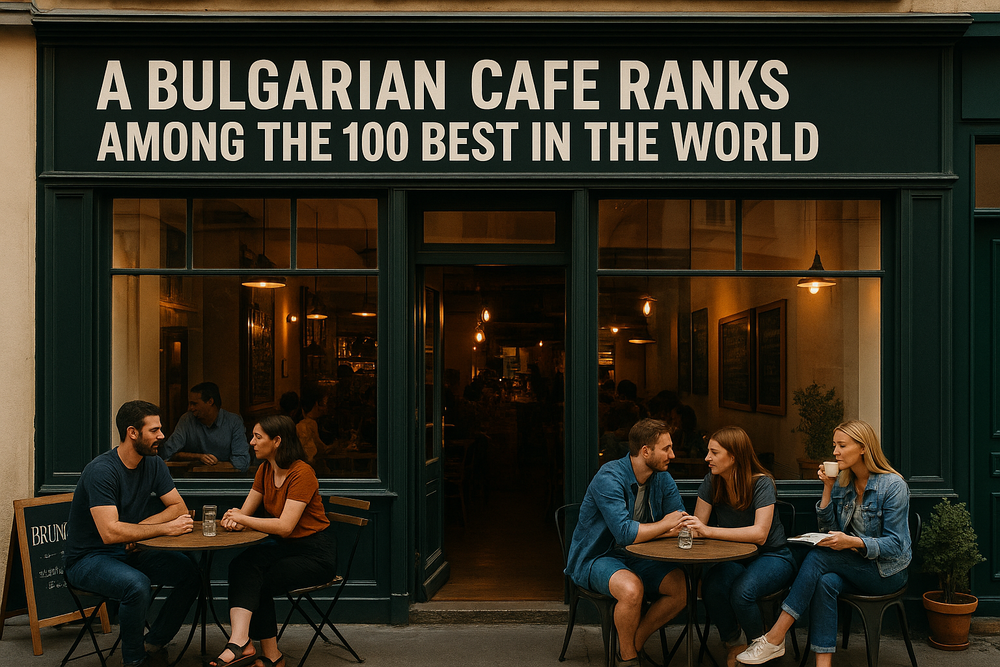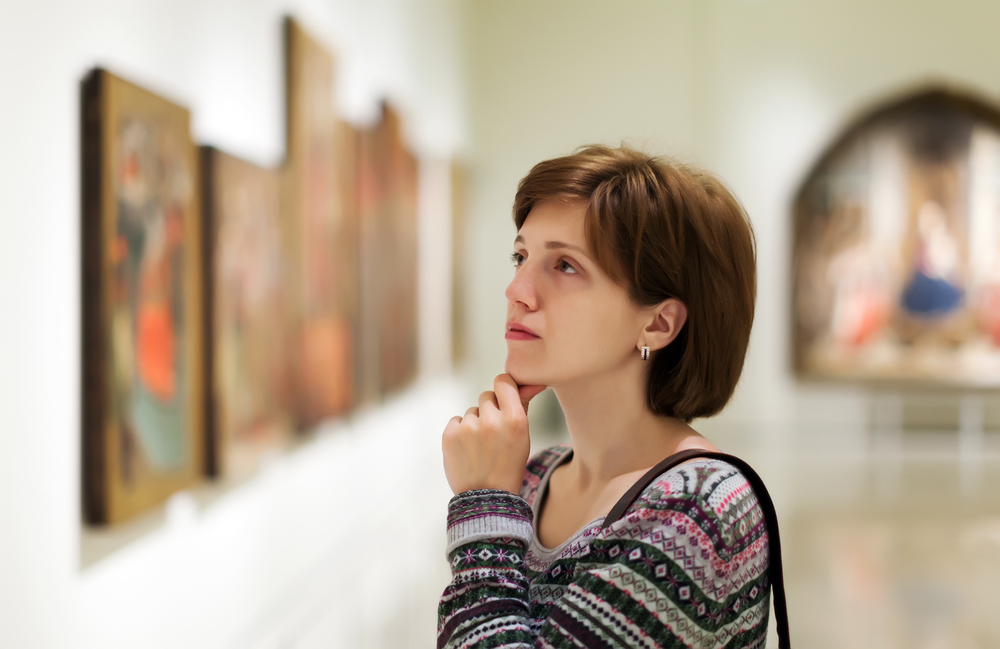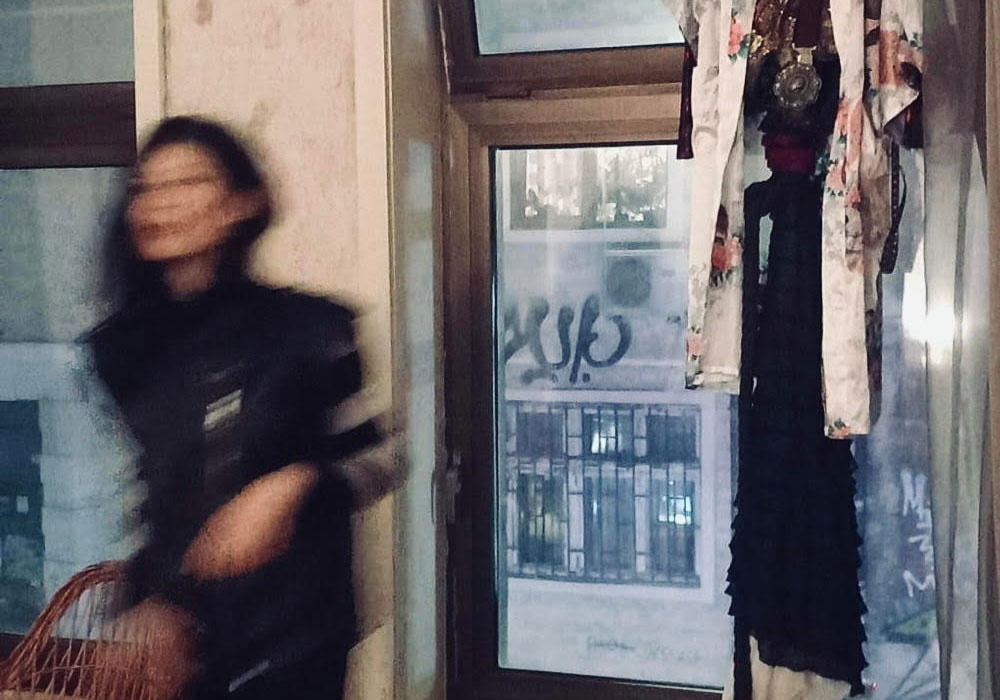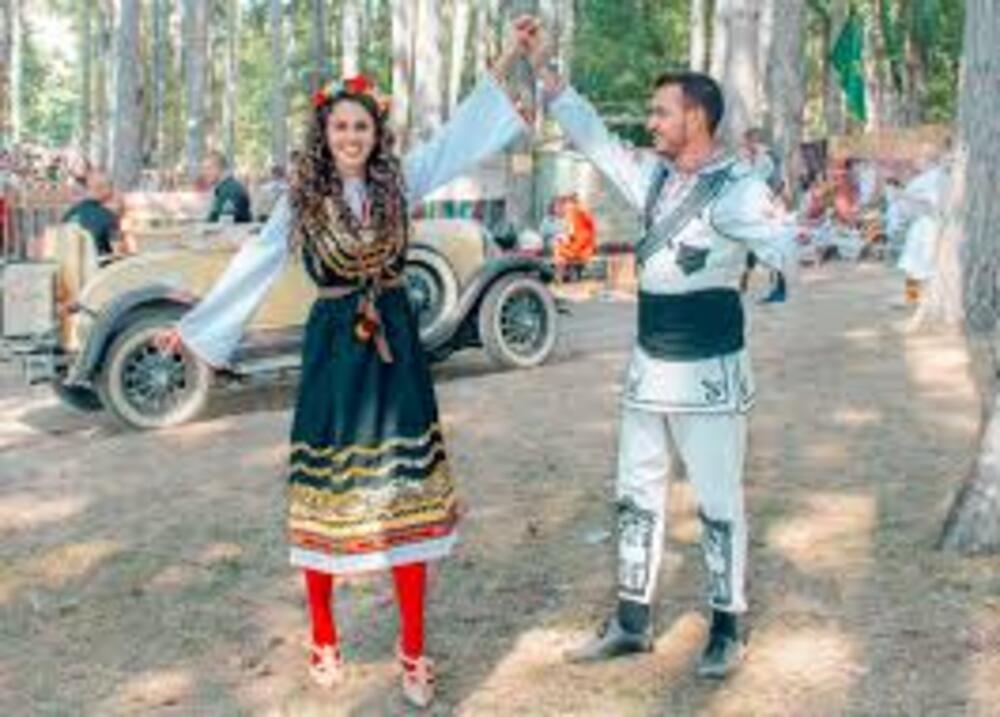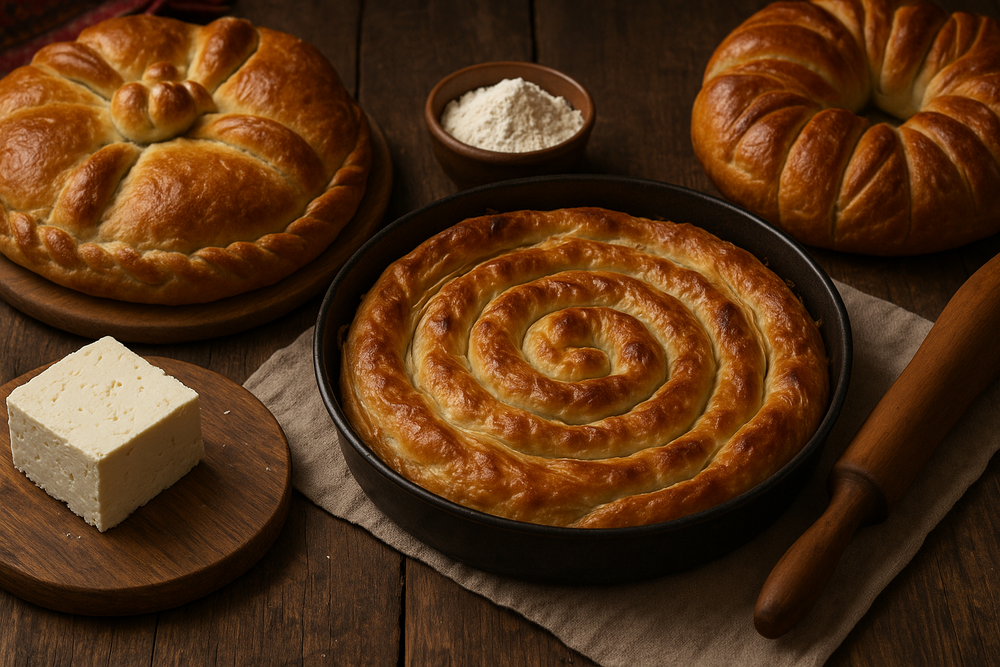
Baking Traditions: Mastering Banitsa and Bulgarian Breads
Bread is more than food in Bulgaria—it’s a symbol of tradition, family, and heritage. Across the country’s diverse regions, baking holds a central place in daily life and ritual, with recipes passed from generation to generation. From the flaky banitsa enjoyed at breakfast to the sacred pogacha served at weddings, Bulgarian baking is a deep well of culture and craft.
Banitsa: A Golden Spiral of Comfort
Banitsa is perhaps the most beloved baked dish in Bulgaria. This savory cheese pie is made with layers of paper-thin filo dough, filled with a mixture of whisked eggs and crumbled sirene (a brined white cheese similar to feta). Some families add yogurt or a splash of soda water for fluffiness, while others include spinach, pumpkin, or even leeks for variety.
Traditionally, banitsa is prepared by hand. The filo is rolled out thin enough to read a newspaper through, then layered and rolled into a spiral or folded into rectangular parcels. It’s baked until golden and crisp, then often eaten warm with a glass of ayran or yogurt.
New Year’s Eve brings a special twist: lucky charms and handwritten fortunes are hidden inside the banitsa before baking. Each bite becomes a hopeful prediction for the coming year—health, wealth, love, or success.
Pogacha: Bread with Meaning
If banitsa is comfort food, pogacha is ceremonial. This round, soft bread is served at major life events—weddings, births, house blessings, and religious holidays. Its shape, decorations, and even how it’s broken or shared are loaded with symbolism.
For example, during a Bulgarian wedding, the pogacha is often kneaded by the bride’s mother or grandmother, who may add honey, herbs, or whispered wishes into the dough. At the ceremony, the bride and groom break the bread together—whoever gets the larger piece is said to “wear the pants” in the marriage.
The dough itself is usually rich, made with milk, eggs, and butter or oil. Braided edges, cross-shaped cuts, and intricate motifs reflect both artistry and intention. Pogacha is never sliced with a knife—only torn by hand, emphasizing unity and the human touch.
Regional Breads and Local Flavors
Each region in Bulgaria has its own unique baking traditions, shaped by history, terrain, and local ingredients. In the Rhodope Mountains, you’ll find patatnik, a potato-based pie often baked on a hot stone. In Dobrudzha, kachamak (cornbread) is a staple. Along the Danube, sweet and spiced breads reflect Ottoman influences, while in Sofia, more modern interpretations—stuffed breads and sourdough hybrids—are gaining popularity.
Despite the rise of bakeries and modern conveniences, many Bulgarians still prefer homemade bread. The act of kneading dough, waiting for it to rise, and sharing it fresh from the oven remains a cherished ritual.
Conclusion
Bulgarian baking isn’t just about taste—it’s about touch, memory, and meaning. Whether it’s a humble weekday banitsa or a festive pogacha adorned for celebration, each loaf carries the flavor of home and the weight of tradition. To master these breads is to take part in something timeless—a shared cultural heritage, warm and alive in every bite.
